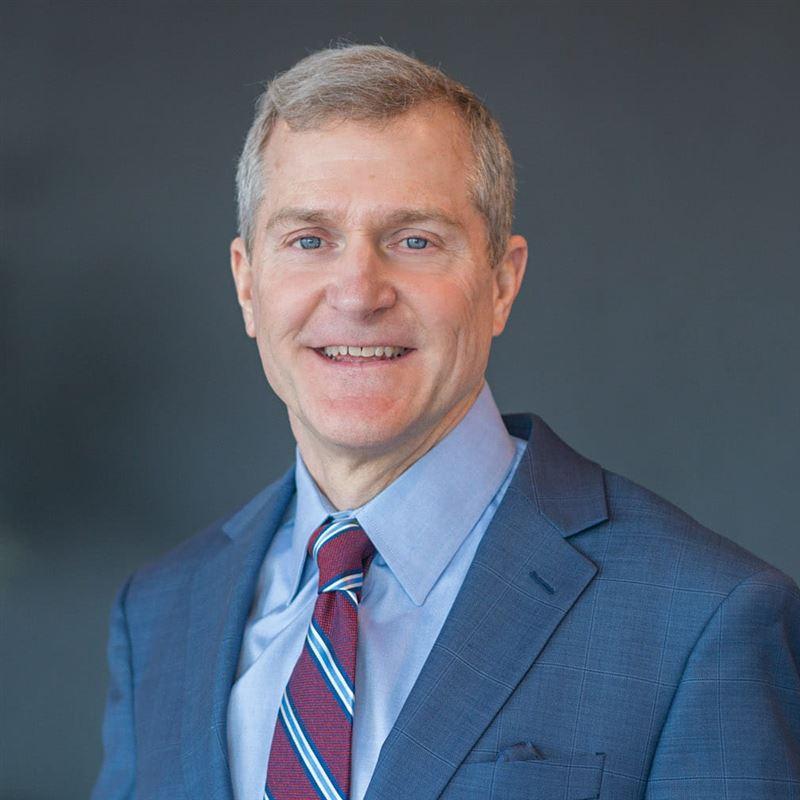Solving Power Supply Challenges for Data Centers
1. Power availability and grid connection:
Because data centers require large and reliable power supply, securing grid access and sufficient capacity from utilities can be difficult. CDM Smith’s experience delivering EPC substation projects for data centers and our global relationships with power generation OEMs positions us to effectively deliver temporary and permanent collocated power to our clients' DC sites.
Uninterruptible Power Supply (UPS) is essential for protecting servers from short power outages. An uptime of at least 45 minutes is recommended to ensure continuous operation until further evaluations can be made. A dual conversion type UPS is preferred, as it provides a clean power source to the equipment at all times.
2. Long-lead equipment and supply chain delays:
Global supply chain and manufacturing constraints impact availability of long-lead electrical equipment like transformers, circuit breakers, and switchgear. When considering long-lead equipment, early identification and procurement of long-lead equipment like transformers should be prioritized in the project timeline to avoid construction delays. Specialty equipment such as transformers, gas compression units, , and variable frequency drives (VFDs) can have extended lead times of up to 18 months, significantly impacting project schedules. CDM Smith’s long-standing partnerships and vendor-agnostic approach to equipment procurement allow us to selectively source equipment, focusing on performance, cost efficiency, and on-time delivery.
3. Construction logistics and skilled labor shortages:
Data centers require significant coordination and customization during construction due to their technical and operational complexities. The speed and demand for data center construction is increasing, but labor shortages and logistical constraints slow down execution.
4. Sustainability and regulatory compliance:
Many states are enacting stricter environmental and carbon regulations with some jurisdictions requiring carbon-neutral or strict carbon limits. Complex greenhouse gas and life cycle assessment modeling can be used to inform decarbonization and environmental product declarations.
Power supplies and system modules should be designed for free air cooling to eliminate the need for internal fans, which can introduce additional points of failure. Additionally, power supplies should operate reliably within a wide temperature range. These considerations ensure that data center campuses maintain high reliability, scalability, and efficiency in their power supply systems. CDM Smith’s Climate Resiliency Team performs complex greenhouse gas and life cycle assessment modeling to inform decarbonization and environmental product declarations and provide sustainability and Environmental, Social, and Governance advisory services.
5. Capacity and scalability:
Power supplies should be sized to accommodate the nominal load plus a minimum of 25% spare capacity to handle future expansions and unexpected load increases. A modular design is beneficial, allowing system modules to be removed and inserted while power is being supplied to the chassis without faulting the processor or damaging the modules, which is crucial for maintenance and scalability.

Seeing how our work can improve lives and create safer environments drives me every day.







